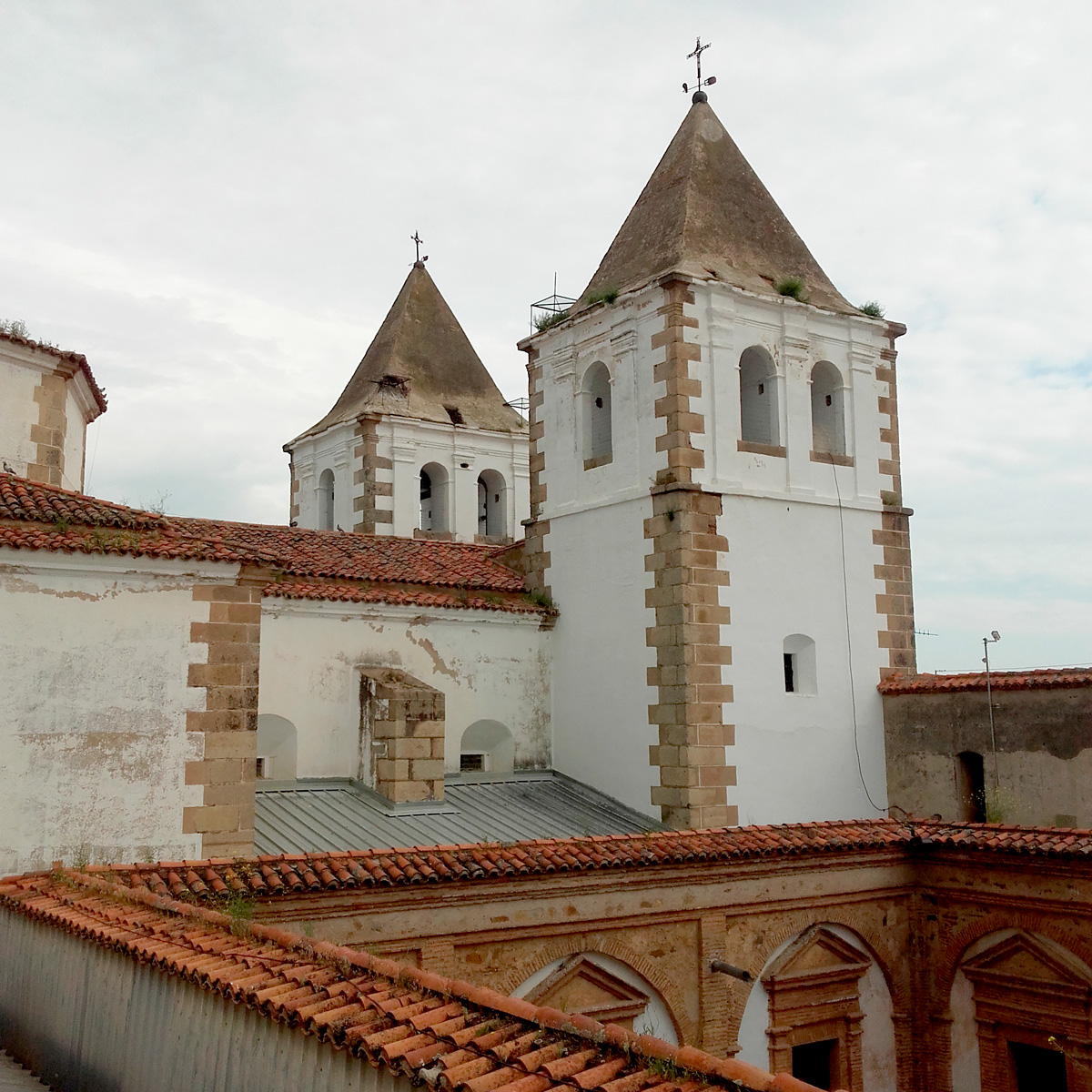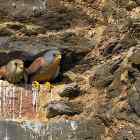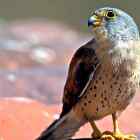Like last year, the General Directorate of Libraries, Museums and Cultural Heritage and the General Directorate of the Environment of the Government of Extremadura have started visits to all the buildings for which they have responsibility during autumn and winter 2018/2019. These joint visits are of a technical nature with the objective to review the work planned as part of the LIFE-ZEPAURBAN project, given that one of the main threats to the lesser kestrel is the loss of suitable nesting sites. Therefore, amongst the actions in the LIFE project is restoration work on buildings with lesser kestrels to ensure the stability of the buildings and their suitability as safe nesting sites for lesser kestrels.
The first visit took place in the historic centre of Cáceres, specifically the Cultural Centre of San Jorge, where it is planned to install nest boxes for lesser kestrels in the roof. Other renovations have taken place to ensure proper maintenance of the building and some scaffolding holes will be adapted. This work adds to that which took place last year where holes on several walls were adapted in order to strengthen what is the largest lesser kestrel colony in Cáceres.
Over the following weeks, visits will take place to see different buildings in Alburquerque, Brozas, Garrovillas de Alconétar, Jerez de los Caballeros, Plasencia, San Vicente de Alcántara and Trujillo, all of them municipalities with an urban SPA declared within their urban limits. The Convent of the Visitation in Puebla de Alcocer will also be visited. Even though it is not an urban SPA, it is included in the framework of action of the project because of the urban character of the building and of the importance of the lesser kestrel colony that it holds.
Thanks to the experience gained in the previous year and to the participation in this action of specialists in both building restoration and in the conservation of lesser kestrel habitat, the correct implementation of the work has been assured. These works are carried out by a multi-discipline team and will be the basis for developing the work protocols for maintenance projects on buildings with both heritage value and breeding pairs of lesser kestrels, which is one of the principle objectives of the LIFE-ZEPAURBAN project.








